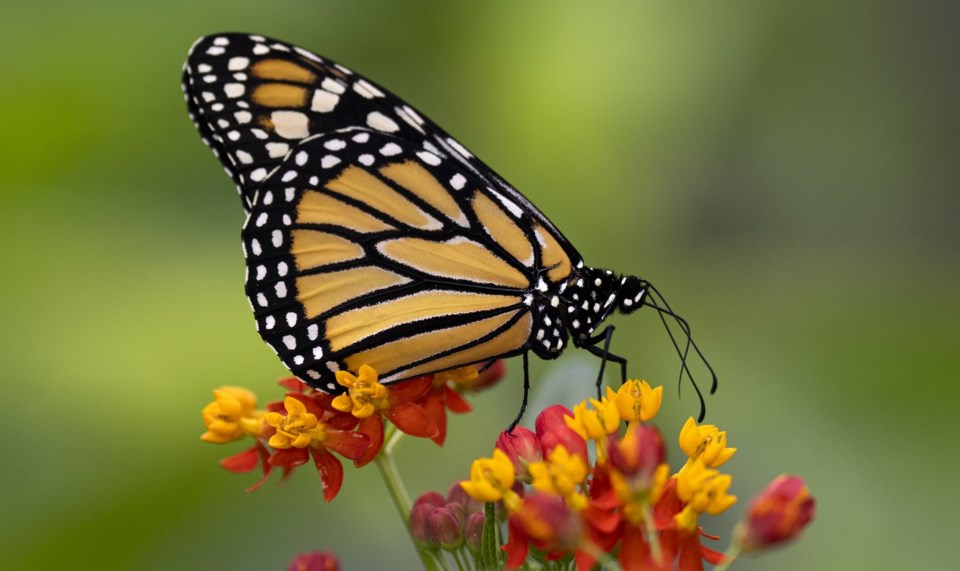HALIFAX — The Nature Conservancy of Canada is encouraging Canadians to get outside and snap a photo or take footage of the nature around them.
The group's Big Backyard BioBlitz, which began Thursday and runs through Monday, is aimed at adding to scientific knowledge and assisting conservation efforts by identifying species of plants and animals that inhabit backyards, hiking trails and parks.
Conservancy spokesman Andrew Holland says anyone can participate by registering on the group’s website, where they will get instructions on how to upload their photos on the iNaturalist app and website.
Holland says the information collected each year can help the non-profit organization and scientists map species and monitor ecological changes across the country.
He says participants have made more than 147,000 observations since the event’s inception in 2020, documenting more than 7,700 species including some that are at risk and others that are invasive.
Holland says more than 59,000 photos were uploaded during last year’s blitz.
“The more people you can get involved in caring about nature, that’s a good thing,” Holland said. “It shouldn’t be just exclusive to professionals and experts and scientists.”
In Nova Scotia alone last year, more than 730 participants uploaded 4,787 photos of species such as insects, migratory shore birds, black ash trees and monarch butterflies, which are at risk. The conservancy says images of 487 Monarchs were submitted last year from various areas of the country. The butterflies are identifiable by their striking orange, black and white markings.
Carolyn Davies, a biologist with the conservancy, said the photos of the butterflies showed people’s concern for a population that is “in steep decline.”
“What that tells us is that people know and recognize a monarch butterfly,” Davies said. “They are taking the time in order to make that observation and that is extremely important for conservation work.”
This report by The Canadian Press was first published Aug. 3, 2024.
The Canadian Press



